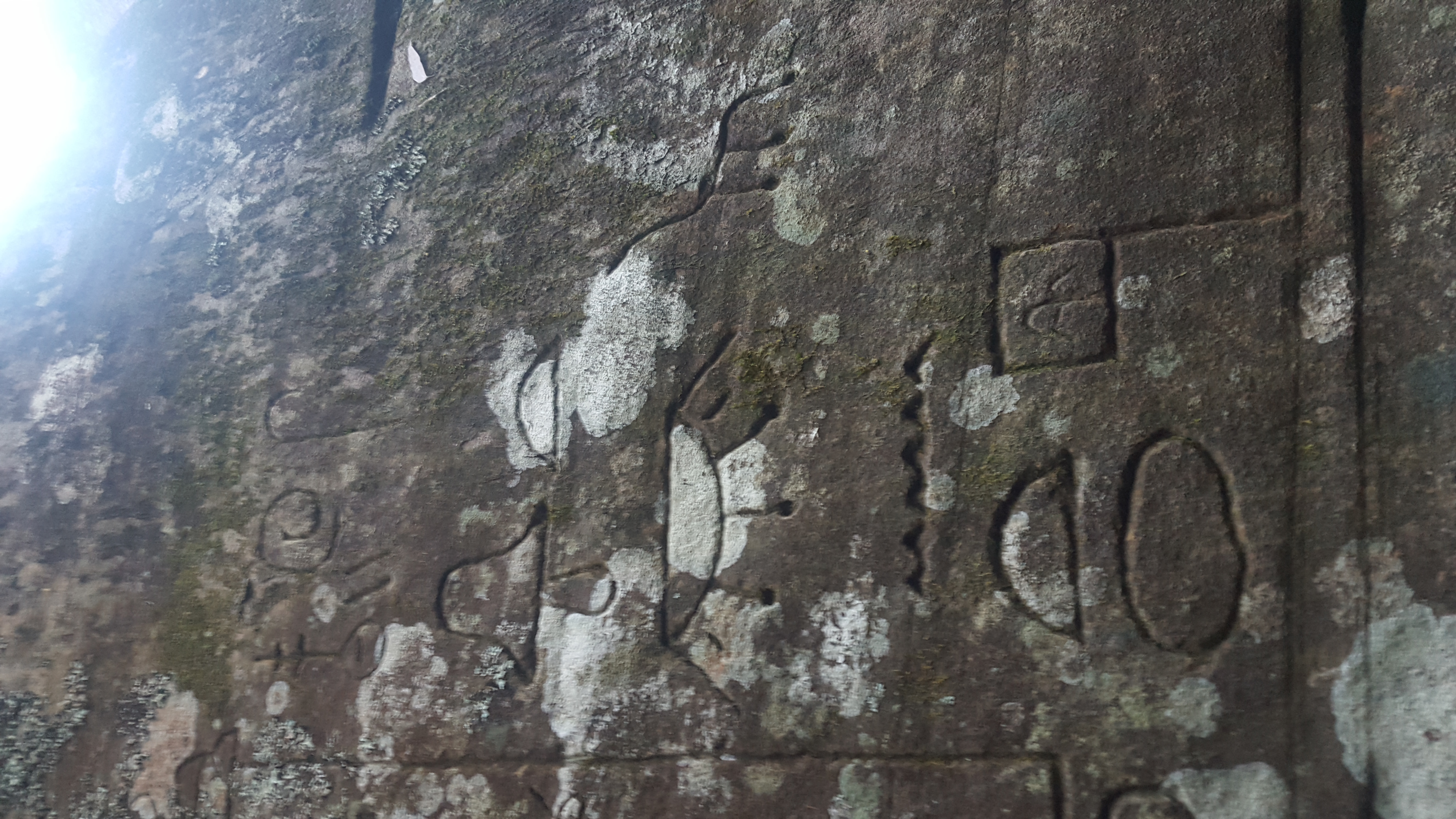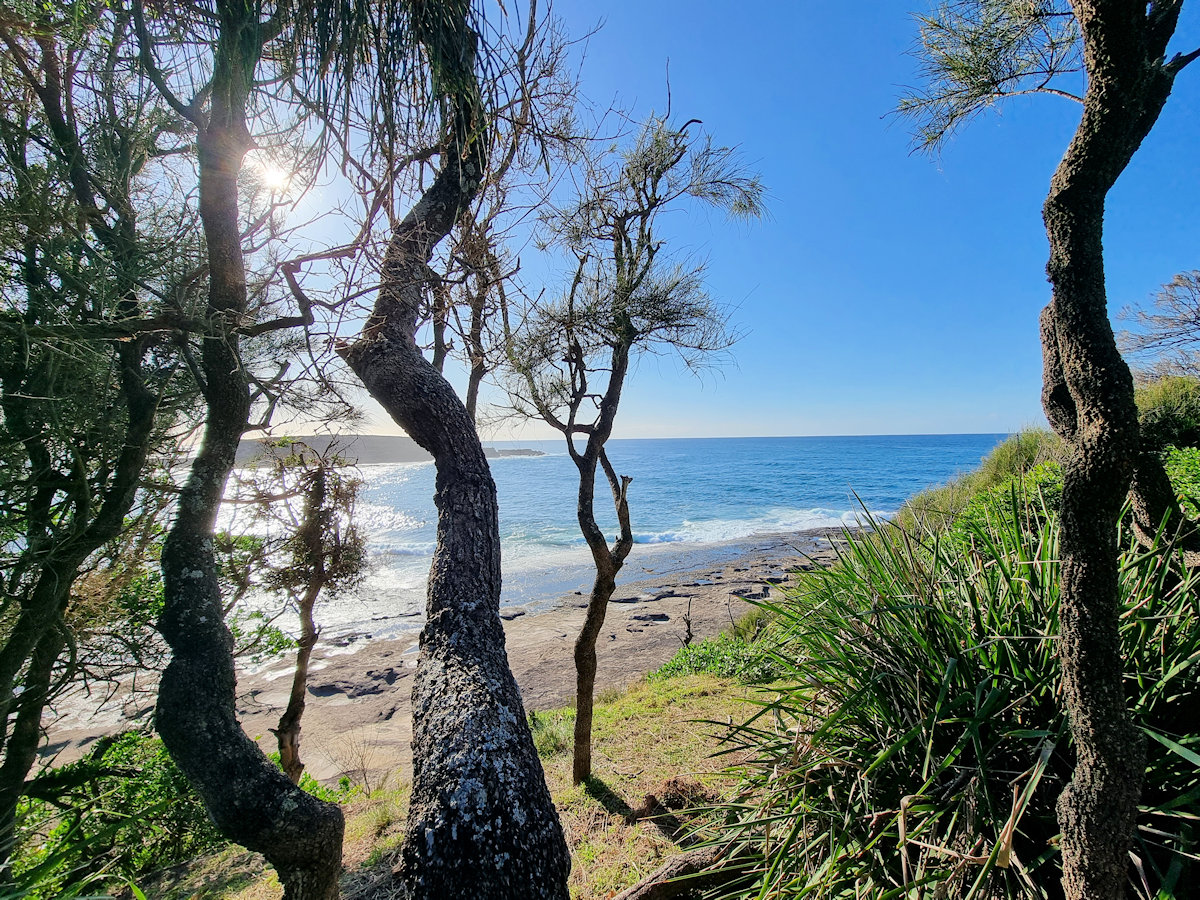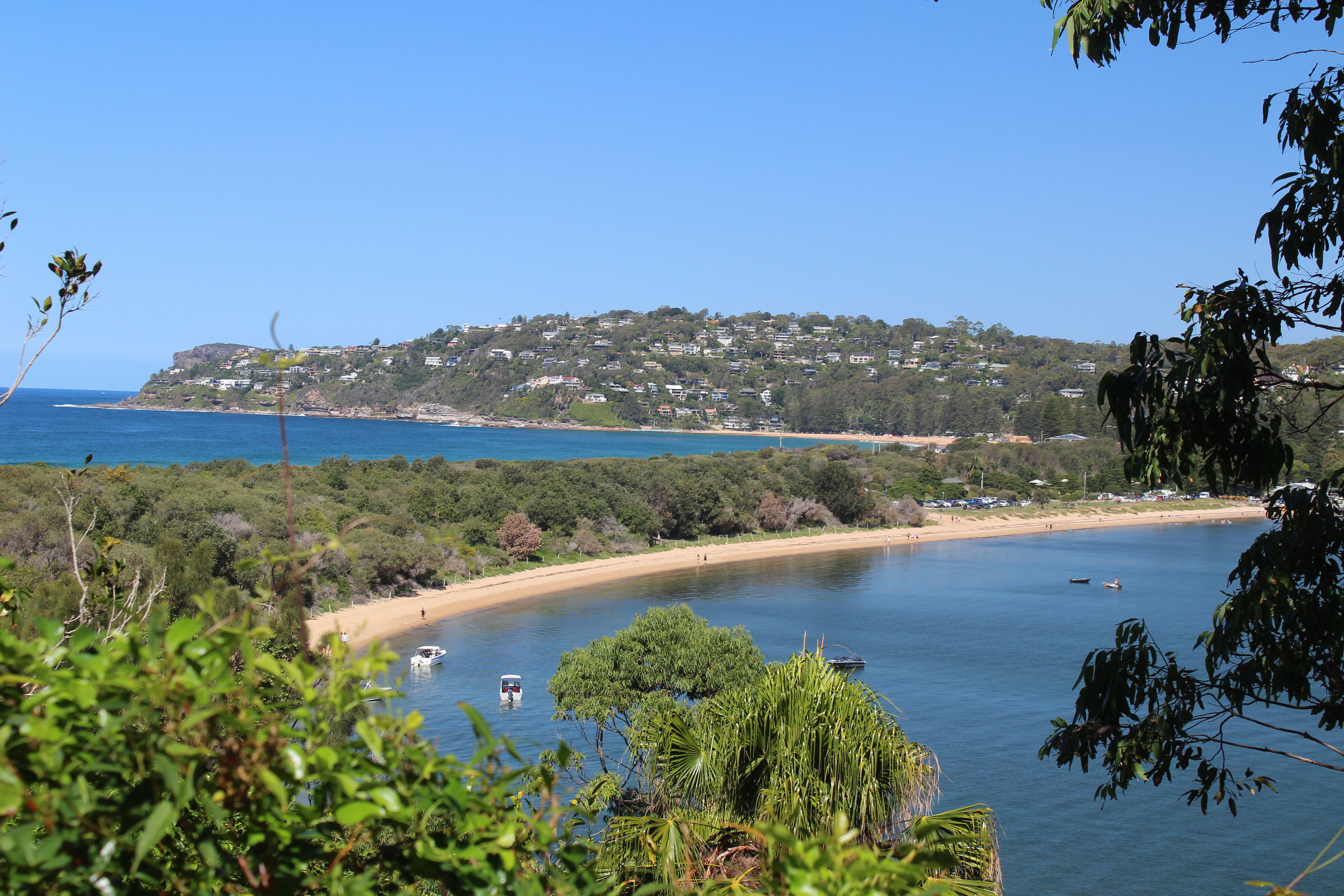Category: Bushwalking
-
Gosford Glyphs Petroglyphs or Hieroglyphics

Gosford Glyphs The Gosford Glyphs (also called petroglyphs) are located near Kariong not far from Gosford on the New South Wales Central Coast. They can be found using Google Maps, which will take you to a small car park on the side of the road. From here it is an easy walk to the glyphs. … Read more
-
Wasp Head Walking Track

Wasp Head Walking Track The Wasp Head walking track is a short, scenic walk in Murramarang National Park, south of Durras Lake on the New South Wales south coast. Rated at grade 3, it is unpaved but was very well maintained during our visit. NSW National Parks and Wildlife are responsible for the area and… Read more
